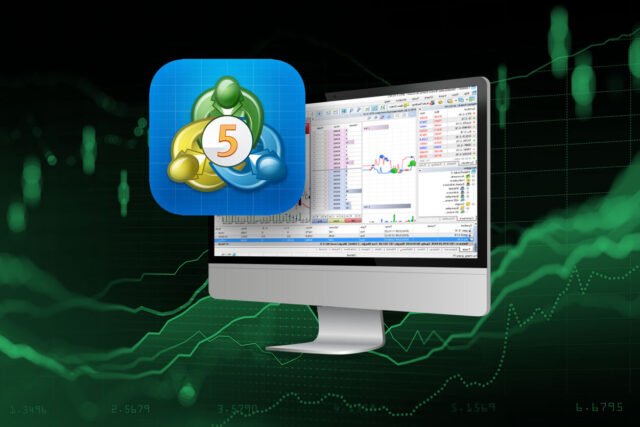Many traders grow attached to their trading platforms. After years of using MetaTrader 4, some are hesitant to transition to MetaTrader 5. The layouts are similar, but the functionality has evolved. Traders making the switch often discover that the benefits of the newer platform far outweigh the initial learning curve. Knowing what to expect and how to adjust will help you embrace this transition with confidence.
Recognizing the Improvements Under the Hood
While the visual layout between the two platforms feels familiar, MetaTrader 5 brings a more modern infrastructure. Its 64-bit architecture allows for better speed and stability. It also supports multi-threaded strategy testing, something not possible in MetaTrader 4.
Key improvements include:
- Faster order processing and reduced slippage
- Depth of market visibility for certain asset classes
- More technical indicators built-in
- An economic calendar integrated into the terminal
These features are especially helpful to traders looking for expanded analytics and a broader view of the market.
Exploring the Asset Coverage
One of the most significant upgrades in MetaTrader 5 is its support for multiple asset classes. While MT4 was built primarily for Forex, the newer version accommodates trading in stocks, commodities, indices, and futures.
This multi-asset support allows traders to diversify within a single terminal. You no longer need to open several platforms to trade different markets. The ability to manage a broader portfolio in one place makes the switch more appealing for those seeking variety.
Adapting to Changes in Order Handling
Order management works a bit differently in MetaTrader 5. You have access to more order types and execution models. Unlike the simplified approach in MetaTrader 4, the updated platform includes features like:
- Fill or kill execution
- Partial fills on limit orders
- Advanced stop-limit orders
These functions give you more flexibility but may require slight adjustments in how you place trades. Testing these features in a demo account is a smart step before switching to live trading.
Working with New Analytical Tools
Technical analysis remains central to trading decisions. MetaTrader 5 comes with 38 built-in indicators, compared to 30 in its predecessor. It also supports more timeframes and chart objects.
For traders who rely on deep analysis, this added functionality opens the door to refined strategies. Whether you use moving averages or Ichimoku clouds, the platform offers more visual options and customizability.
Making the Move Smoother
To ease the transition, follow these steps:
- Start by installing MetaTrader 5 alongside your current platform
- Import custom indicators and scripts one at a time to test compatibility
- Rebuild profiles and templates using familiar color schemes and chart setups
- Use a demo account to simulate live trading environments with your adjusted tools
Patience is key. Getting comfortable with new functions takes a few sessions, but the long-term benefits make the effort worthwhile.
Rethinking Strategy with New Capabilities
The shift to MetaTrader 5 is not just technical. It is also strategic. With more timeframes and flexible orders, your approach to trading can evolve. Consider reviewing past trades and asking yourself whether newer tools might have changed your decisions. This kind of reflection helps you extract the full value of the upgrade.
Making the leap to MetaTrader 5 does not mean abandoning what works. It means building on a foundation of experience with more tools, better performance, and broader opportunities. Once you understand the added power at your fingertips, the switch becomes a step forward rather than a disruption.





